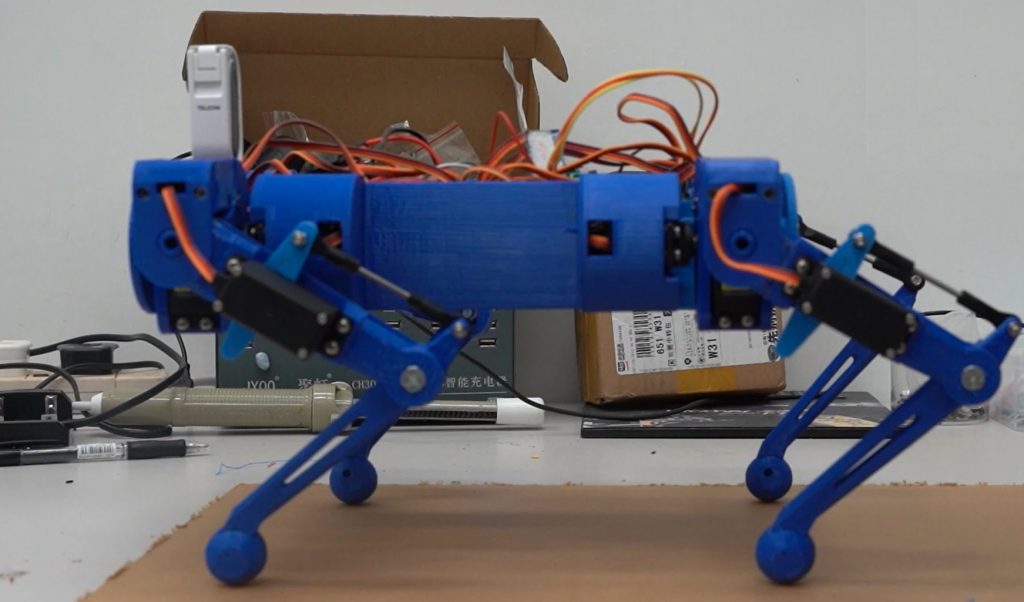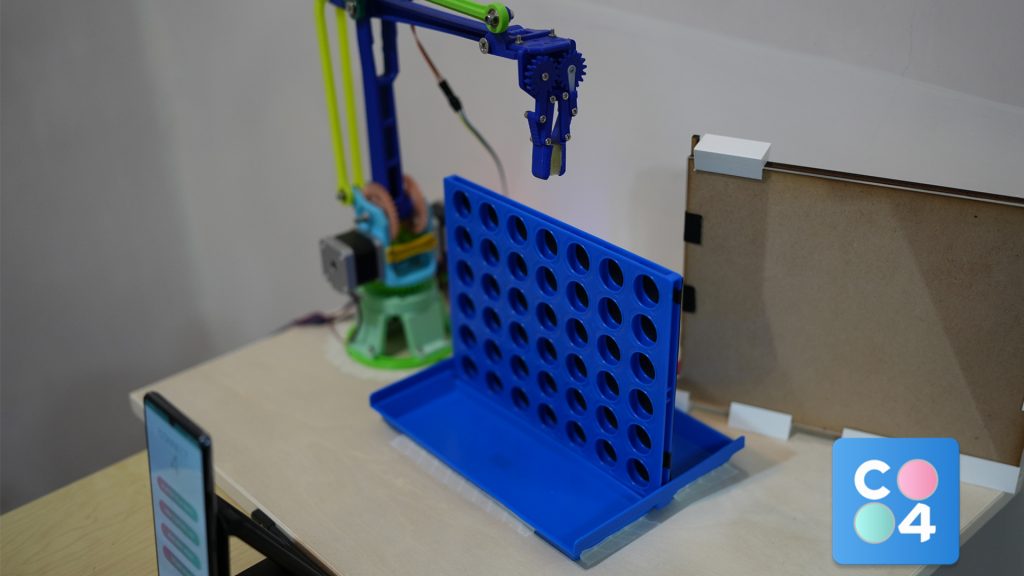Supply Chain Management using Blockchain and NFT
Supply chains containing complicated networks of producers, transporters and consumers have played an integral part in the expansion of online and offline businesses worldwide. With so many stakeholders, Supply chain visibility which is the ability to track different goods at each point has become essential. With increased visibility, businesses can optimise their supply chain while consumers can ensure the ethicality of their sourcing practices. However due to inefficient solutions, business owners report poor visibility facing 20% loss in goods annually, whereas most consumers would be willing to pay an extra 2-10% for traced products. Goodchain is a platform consisting of web & mobile applications which provides transparency and traceability in the supply chain through the use of NFT and blockchain. By solving the inefficiencies while catering to all stakeholders in the industry, Goodchain aims to disrupt the supply chain management industry and add immense value to all its members.
Supply Chain Management using Blockchain and NFT Read More »










